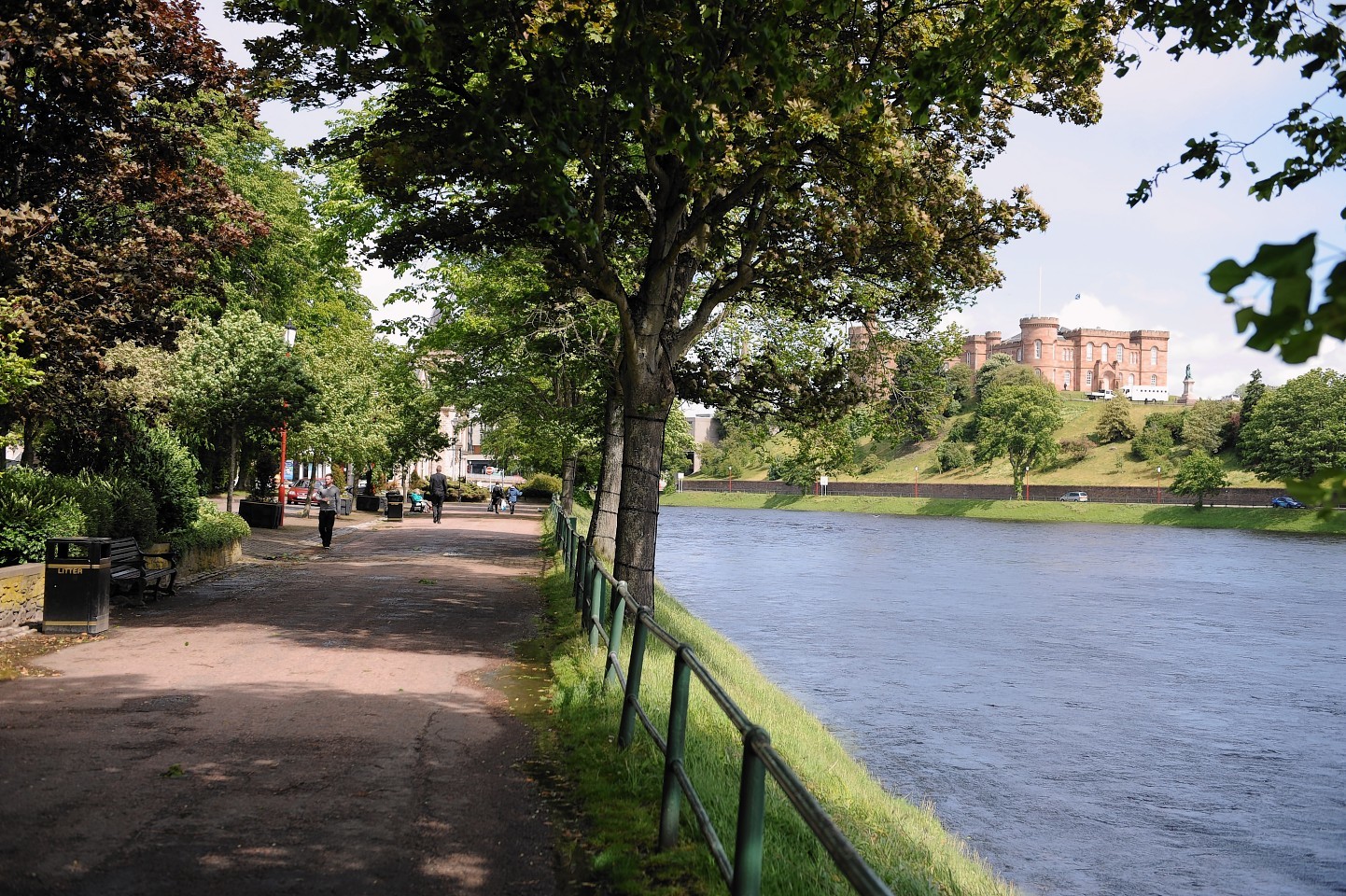A refreshment kiosk will finally open later this month on a scenic part of the riverside in Inverness – 15 years after planning permission was first given.
Local businessman Angus Macdonald will run the Victorian-style kiosk on Ness Walk which will sell coffees, crepes, sandwiches and ice cream.
The project was mired in red tape for 13 years, despite planning permission being granted on three separate occasions.
And the stopping-up order needed to close off a section of Ness Walk to allow the kiosk to be built at a pedestrian area, was only granted by ministers in 2015 following a public inquiry.
But the 19ft long structure, similar to those seen on the continent, is now beginning to take shape and Mr Macdonald has confirmed it will be open by the end of July.
Yesterday he said: “It’s fantastic we are now at the situation where we are nearly open. There have been a lot of hurdles to overcome with this project and it’s nice to be in this position.
“I have been speaking to a lot of people passing who are asking what we are doing and every single person we have spoken to has said it is a good idea, and there is nothing else for people on the walk.”
Mr Macdonald first obtained permission to build the kiosk in 2002, but there were objections first to the plan itself, and then to the stopping-up order which remained unresolved for years.
Alterations also had to be made to the plans because of the Inverness flood wall plans.
A long-time opponent was the Scottish Episcopal Church’s St Andrews Cathedral, whose former provost, the Very Rev Canon Alexander Gordon, said the kiosk scheme would mean an area of natural beauty being “destroyed”.
A number of members of the congregation also objected, along with community councils representing Ballifeary and Westhill.
A further objection was made by Highland Cycle Campaign member Graham Tuley who warned that queues from the kiosk could restrict space on the promenade for pedestrians and cyclists.
However, final permission was granted for the stopping-up order after government reporter Robert Maslin visited the site and held a public inquiry in September 2015 to hear from objectors.
In reaching his decision two months later, Mr Maslin found that none of the concerns raised would have enough impact to block the development.
